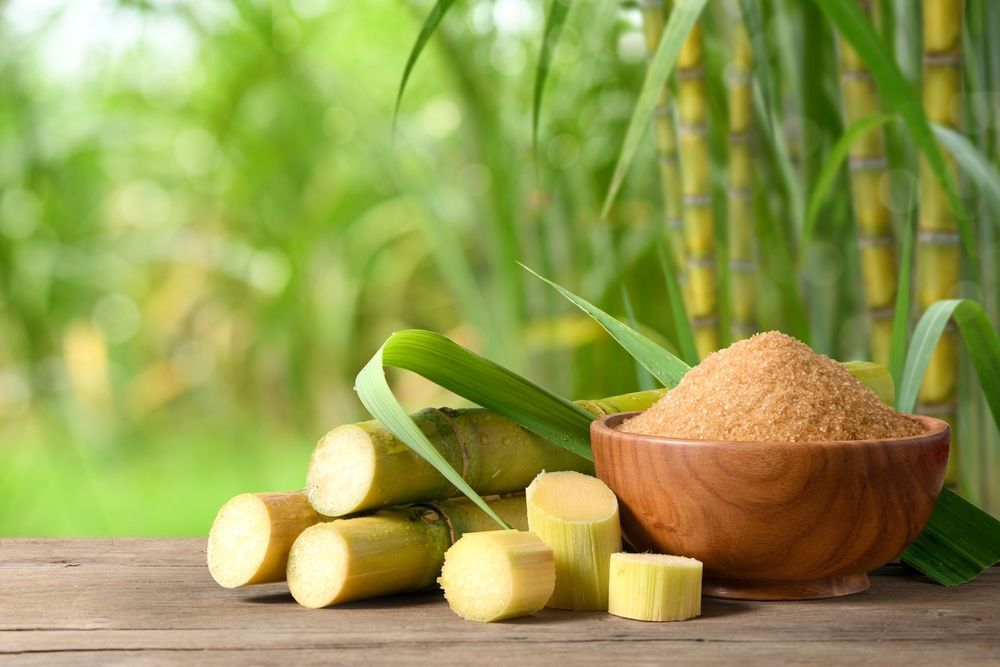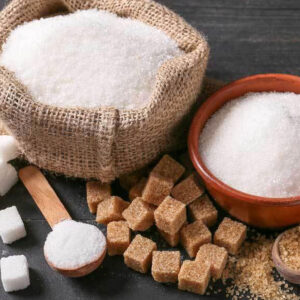Some people prefer beet sugar vs cane sugar for its supposed health advantages and minimal processing.
Some people prefer beet sugar vs cane sugar for its supposed health advantages and minimal processing.
Blog Article
Discover the Uses and Conveniences of Beet Sugar Vs Cane Sugar in Your Daily Diet
Discovering the unique high qualities of beet and cane sugar discloses greater than just their sweetening abilities; it highlights their one-of-a-kind influences on wellness and cooking arts. Beet sugar, understood for its subtle taste, is typically preferred in delicate desserts, whereas cane sugar, with its hint of molasses, includes richness to robust recipes. Each type holds its own nutritional profile and glycemic implications, inviting a deeper understanding of their roles in a balanced diet regimen and lasting consumption practices.
Beginning and Production Procedures of Beet and Cane Sugar

The distinctive climates and dirt types required for growing sugar beets and sugarcane add to differences in their farming practices and geographic circulation, influencing the economics and sustainability of their manufacturing. beet sugar vs cane sugar.
Nutritional Comparison In Between Beet Sugar and Cane Sugar
Regardless of originating from different plants, beet sugar and cane sugar are nutritionally extremely similar, both largely containing sucrose. Each provides regarding 4 calories per gram, translating to roughly 16 calories per tsp. Structurally, both sugars are composed of approximately 99.95% sucrose, with minimal quantities of various other compounds like wetness and trace element, which do not dramatically alter their nutritional accounts.

Inevitably, when choosing in between beet sugar and cane sugar based upon dietary web content alone, both deal identical advantages and downsides as they are basically forms of the same particle-- sucrose, offering fast energy without various other nutrients.
Influence on Health: Glycemic Index and Caloric Material
Checking out better right into the results of beet sugar and cane sugar on health, it is essential to consider their glycemic index and caloric content. The glycemic index (GI) of both beet and cane sugar is around 65, classifying them as high-GI foods, which can trigger fast spikes in blood sugar degrees.
Each kind of sugar contains about 4 calories per gram, making their caloric material matching. For those checking caloric consumption, particularly when managing weight or metabolic health problems, recognizing this equivalence is essential (beet sugar vs cane sugar). Excessive consumption of any kind of high-calorie, high-GI food can contribute to health and wellness concerns such as obesity, heart disease, and insulin resistance.
Environmental and Economic Factors To Consider of Sugar Manufacturing
Beyond wellness influences, the production of beet and cane sugar also raises significant environmental and economic concerns. Sugar beet cultivation has a tendency to call for cooler environments and has a lower geographical impact contrasted to sugar cane, which thrives in tropical areas. However, both plants are intensive in terms of water use and land line of work, potentially resulting in logging and water deficiency. Financially, the worldwide sugar market is extremely unstable, affected by adjustments in global profession plans and aids. Several nations incentivize sugar manufacturing through economic assistance, see this here skewing market costs and affecting small farmers adversely.
Furthermore, using pesticides and plant foods in both beet and cane sugar farming can lead to dirt deterioration and air pollution, additional influencing biodiversity and neighborhood water bodies (beet sugar vs cane sugar). The option in between cultivating sugar beet or cane often rests on neighborhood ecological problems and economic elements, making the sustainability of sugar manufacturing a complicated concern
Culinary Applications and Taste Distinctions
While the ecological and economic facets of sugar production are certainly significant, the selection between beet and cane sugar likewise affects cooking applications and flavor accounts. Beet sugar, stemmed from the sugar beet plant, is understood for its incredibly neutral preference. This makes it a versatile active ingredient in baking, where it does not change the flavor of various other parts. It liquifies rapidly and is suitable for use in cakes, cookies, and breads.
Cane sugar, removed from sugarcane, usually retains molasses traces, which give an unique splendor and deepness. This small molasses flavor boosts the intricacy of baked items, sauces, and marinades. It is especially favored in things where a caramel touch is preferred, such as in brownies or gingerbread. In addition, the minor variation in dampness material in between beet and cane sugar can influence the appearance and uniformity of dishes, making cane sugar a recommended choice for certain recipes that benefit from its special residential or commercial properties.

Conclusion
Finally, additional resources both beet and cane sugar have distinctive beginnings and production procedures, supplying comparable nutritional accounts with slight differences in sodium web he said content and flavor. While their effect on health, specifically pertaining to glycemic index and calories, is comparable, the selection between them frequently comes down to ecological, financial elements, and certain cooking demands. Comprehending these elements can lead consumers in making educated choices that align with their health goals and taste choices.
Report this page